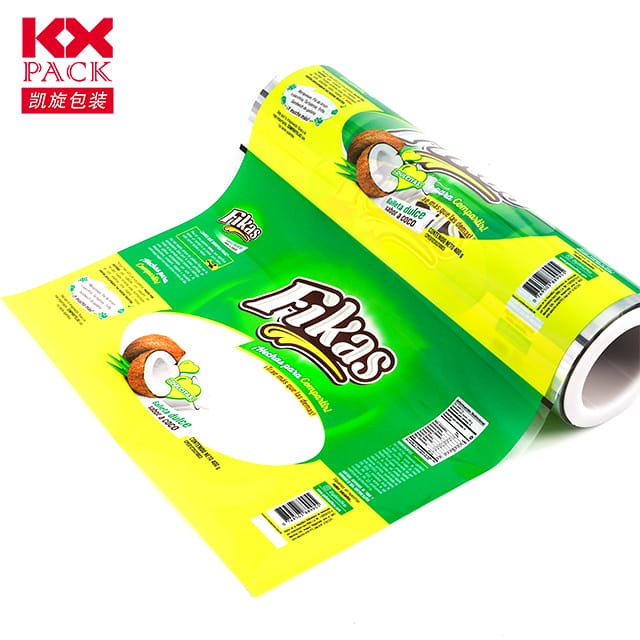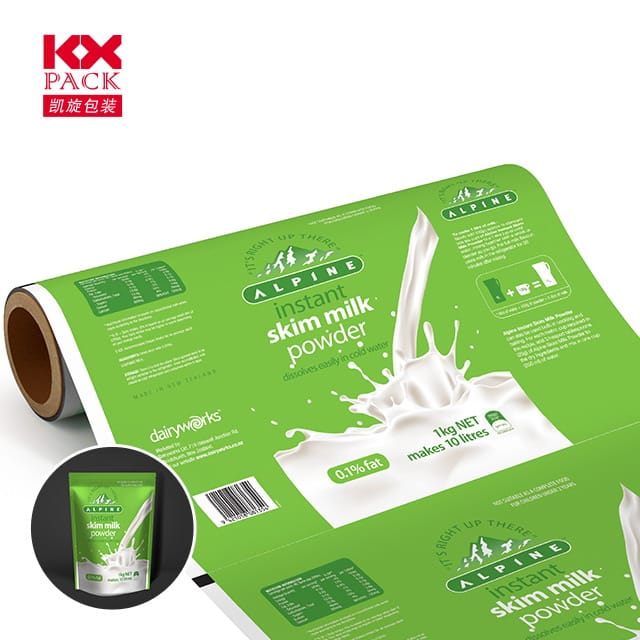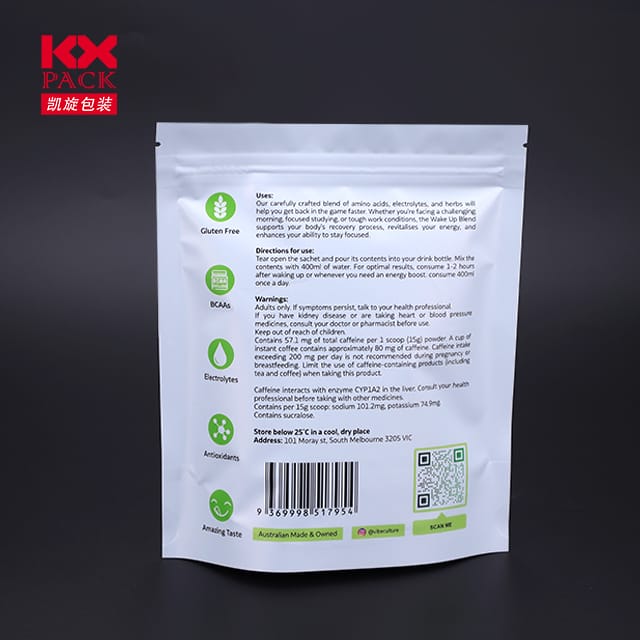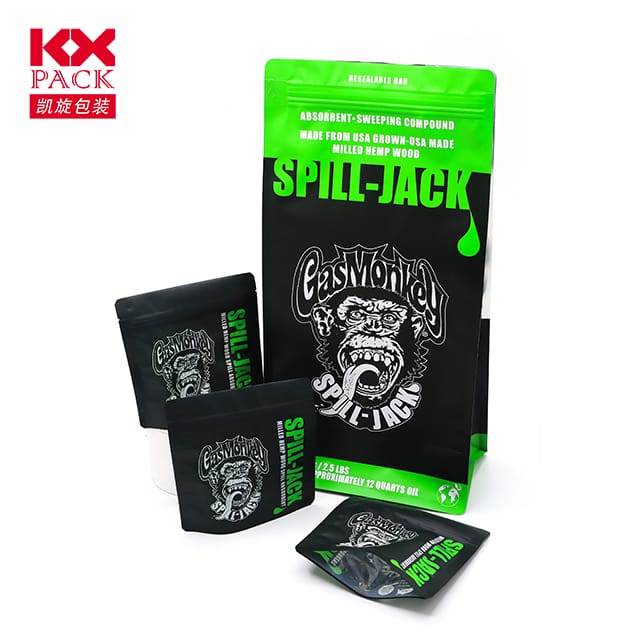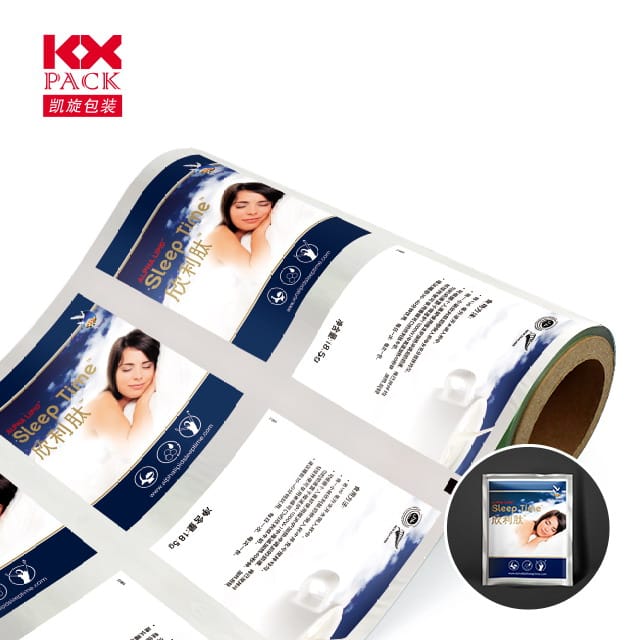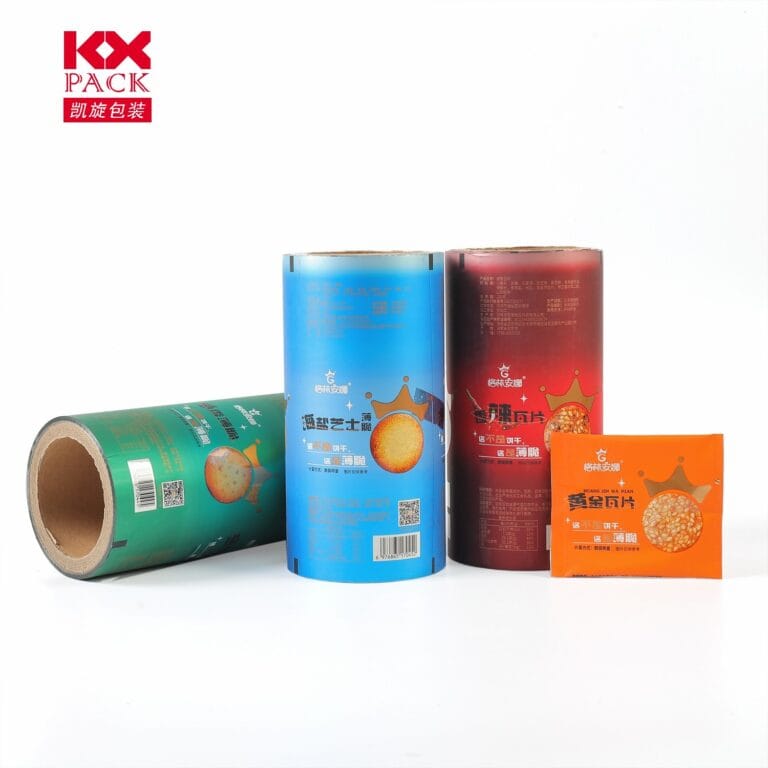プラスチックフィルムパッケージの役割と進化: 機能と持続可能性のバランス
Plastic Film Packaging
Plastic film packaging has long been a cornerstone of modern consumer goods, 食べ物, および産業部門. その汎用性, 費用対効果, そして、製品の鮮度を保存する能力はそれを不可欠にしました. でも, 環境への懸念が高まるにつれて, 製造業者も消費者も同様にその役割を再評価しています. プラスチックフィルムパッケージのダイナミクスを探りましょう, その課題, and its sustainable future.
Why Plastic Film Packaging Dominates the Market
Plastic films, including polyethylene (PE), ポリプロピレン (PP), および塩化ポリビニル (PVC), are favored for several reasons:
- Protection and Preservation: These films act as barriers against moisture, 酸素, および汚染物質, extending the shelf life of perishable goods like food, pharmaceuticals, and electronics.
- Lightweight and Flexible: Their malleability allows for custom shapes and sizes, reducing material waste and shipping costs.
- コスト効率: Compared to alternatives like glass or metal, plastic films are cheaper to produce and transport, making them ideal for mass-market products.
- Transparency and Printability: Clear films showcase products, while printed designs enhance branding and consumer appeal.
Environmental Challenges and Industry Responses
Despite its advantages, plastic film packaging faces severe criticism due to its environmental impact:
- Single-Use Waste: A significant portion of plastic films ends up in landfills or oceans, contributing to pollution and harming wildlife.
- Recycling Hurdles: Many plastic films are difficult to recycle due to contamination, mixed materials, or lack of infrastructure.
In response, the industry is pivoting towardsustainable alternatives:
- Biodegradable and Compostable Films: Innovations include plant-based polymers (例えば。, PLA from corn starch) and oxo-biodegradable additives that accelerate breakdown in natural environments.
- Recycled Content: Manufacturers are incorporating post-consumer recycled (PCR) materials into films, reducing reliance on virgin plastics.
- Reusable Packaging Systems: Brands are experimenting with refillable containers and return-and-reuse models to minimize single-use waste.
- Advanced Recycling Technologies: Chemical recycling methods, such as pyrolysis, are being explored to transform mixed plastics into reusable raw materials.
Industry Trends Shaping the Future
- Regulatory Pressures: Governments worldwide are imposing stricter rules on plastic use. 例えば, the EU’s Single-Use Plastics Directive bans certain non-recyclable items, pushing companies to innovate.
- Consumer Demand for Eco-Friendly Options: Surveys show that 70% of consumers are willing to pay more for sustainable packaging, driving brands to adopt greener solutions.
- Circular Economy Initiatives: Leading companies are investing in closed-loop systems where packaging is collected, recycled, and repurposed endlessly.
- Technological Advancements:
- Barrier Coatings: Nanotechnology-enhanced films improve oxygen and moisture resistance, reducing the need for thick, multi-layer packaging.
- Edible Films: Made from seaweed or starch, these biodegradable coatings are gaining traction in the food industry.
Case Study: Success in Sustainable Packaging
TakeLoop, a global reusable packaging platform partnering with brands like Unilever and Nestlé. Customers receive products in durable, reusable containers, which are collected, cleaned, and refilled. This model reduces plastic waste by up to 90% compared to single-use packaging.
Similarly, Apeel Sciences has developed an edible, plant-based coating that extends the shelf life of fruits and vegetables, reducing the need for plastic wraps.
The Path Forward: Collaboration and Innovation
Achieving a sustainable future for plastic film packaging requires collective effort:
- Industry Collaboration: Manufacturers, 小売業者, and recyclers must work together to standardize recycling processes and invest in infrastructure.
- Consumer Education: Raising awareness about proper disposal and recycling habits is critical.
- Policy Support: Governments should incentivize sustainable practices through tax breaks or grants for R&D.
結論
Plastic film packaging is at a crossroads. While its functionality remains unmatched, the industry must prioritize sustainability to survive. By embracing biodegradable materials, circular economy models, and innovative technologies, manufacturers can reduce their environmental footprint without compromising quality or cost-efficiency.
The question is no longerwhether to use plastic film packaging, buthow to use it responsibly. The future belongs to those who balance innovation with eco-consciousness.
What steps do you think brands should take to make plastic film packaging more sustainable? Let’s discuss in the comments! 🌍📦
Keywords: plastic film packaging, 持続可能性, 生分解性, circular economy, recycling, 革新.

